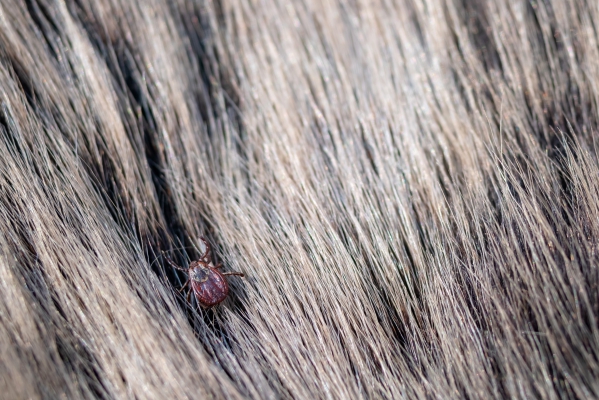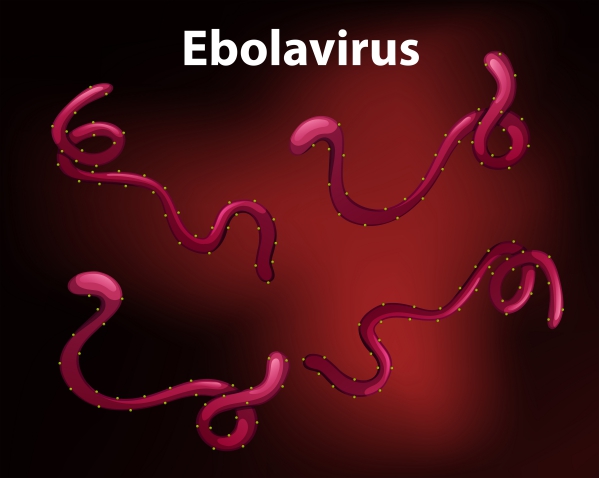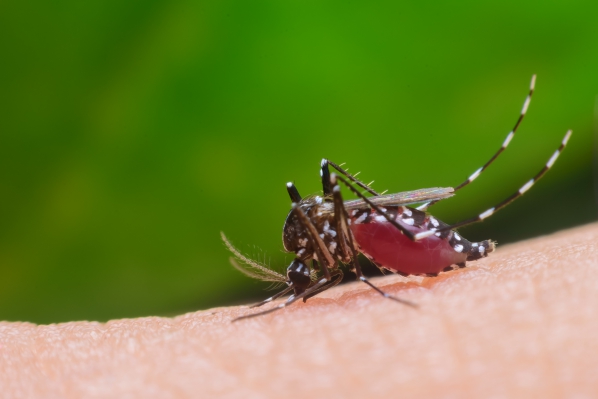What is RMSF?
Rocky Mountain spotted fever (RMSF) is an infectious disease that is transmitted through ticks. It is caused by an organism named Rickettsia rickettsii. It is known to be a lethal disease which is however totally curable. It is the most common rickettsial infection. It is most likely to be present in parts of the North, Central and South America. In the United States, the most common identified source of transmission is the American dog tick. It is mostly found to the east of the Rocky Mountains.
RMSF has often been described as a disease that can mimic other diseases. Due to its various signs and symptoms, it can often be mistaken with other diseases. However, it has a particular characteristic: a petechial rash that starts to appear on the palms of the hands and the soles of the feet. Before the existence of antibiotics, the mortality rates from RMSF was as high as 30%. This has drastically dropped and is currently at 1.4%. Death from RMSF is mainly as a result of a delay in diagnosis and treatment initiation.
RMSF is the most common fatal tick-borne disease in the United States. If you have been bitten by an infected dog tick and it stayed on your skin for several hours, you are very likely to have RMSF. The disease is more common in white people compared to African Americans. It is also slightly more common in males compared to females.

What are the causes and risk factors of RMSF?
RMSF is caused by a pathogen known as Rickettsia rickettsii which is transmitted by a tick. It usually starts with an infected animal. When a tick bites this infected animal, the ticks become infected too. This happens when it feeds on the animal’s blood. If this tick becomes in contact with humans and in turn bites the human, the pathogen is then transmitted to the person. However, the tick needs to be constantly attached to the human skin for around 6-10 hours in order for transmission to occur. Once the pathogen has entered the human’s circulatory system, it takes around 3-12 days to start developing symptoms. If you notice that a tick is attached to your skin, it is advised to remove it as early as possible. However, you should be careful when doing it as tick fluid can still infect you through the open bite site. Use tweezers to hold the tick near its head or mouth to remove it carefully and follow-up by cleaning the bite site with an antiseptic solution.
You may be more at risk of having RMSF if:
- You live in an area where it is likely to occur
- It is spring or early summer
- You spend a lot of time in areas where it is much likely to have ticks such as grassy or wooded areas
- You have a dog
- You are in contact with dogs

What are the signs and symptoms of RMSF?
The following signs and symptoms are common in RMSF:
- High Fever
- Skin rash which is characteristic: red and non-itchy rash starting on the wrist and ankles spreading to the palms of the hands and soles of the feet
- Headache
- Muscular pain
- Delirium
- Seizures
- Coma
- Nausea
- Vomiting
- Diarrhoea
- Abdominal pain
- Joint pain
- Irritability
- Lethargy
- Increased sensitivity to light
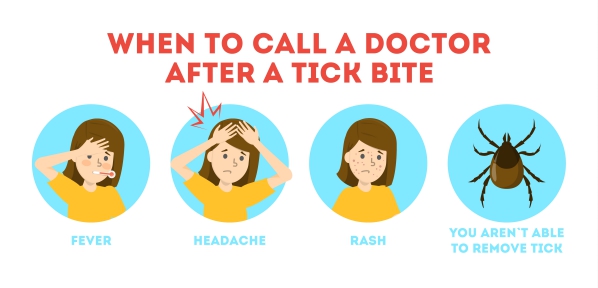
How is the diagnosis of RMSF made?
To make the diagnosis of RMSF, your doctor will start by asking you a series of questions to know more about your symptoms. Make sure to mention any history of tick bites or travel to endemic areas. Your doctor will then proceed with a thorough physical examination to look for signs of RMSF. Most of the time the diagnosis is based on the history and physical examination (fever, rash, muscular pain) and history of exposure to tick bites.
Your doctor may also request some tests to aid in the diagnosis, including:

- Complete blood count
- Serum electrolytes
- Renal function tests
- Liver function tests
- Coagulation panel
Other tests may be required depending on your symptoms to assess the extent of the disease. These include chest X-ray, computed tomography (CT) scan, magnetic resonance imaging (MRI) and lumbar puncture.
How is RMSF managed?
It is of utmost important to make the diagnosis of RMSF the earlier possible as well as initiating treatment to decrease the risk of mortality (decreases from 20% to 5%). It also helps in preventing complications.
Treatment modalities include the following:
- Antibiotics: These medications target the pathogen causing the disease and clears out the infection.
- Oxygen: Some people may require oxygen supplementation if their lungs are affected. In some cases, intubation may even be necessary.
- Rehydration: High fever, vomiting and diarrhoea can lead to dehydration. Therefore, fluid replacement is required in most cases.
How is RMSF prevented?
The following measures can help to prevent RMSF:
- Avoid having contact with dogs
- Avoid grassy or wooded areas
- Use light coloured clothing which has long sleeves and covers the legs
- Apply tick repellents such as diethyltoluamide or permethrin
- Remove ticks as soon as you notice them attached to your skin

What are the potential complications of RMSF?
The following complications can arise from RMSF infection:
- Accumulation of fluid in the lungs
- Kidney complications
- Coagulation of blood in blood vessels
- Shock
- Inflammation of the heart
- Gangrene of the fingers, toes or scrotum
- Seizures
- Neurological complications
- Urinary or fecal incontinence
- Hearing loss
- Blindness
What is the prognosis for RMSF?
The course of the disease depends on a variety of factors namely:
- Delay in diagnosis
- Delay in antibiotics initiation
- Age of the person affected
- Race
- Gender (mortality is higher in males)
- Severity of the disease
- Presence of chronic alcohol abuse
20-25% of people with RMSF are likely to die if left untreated.
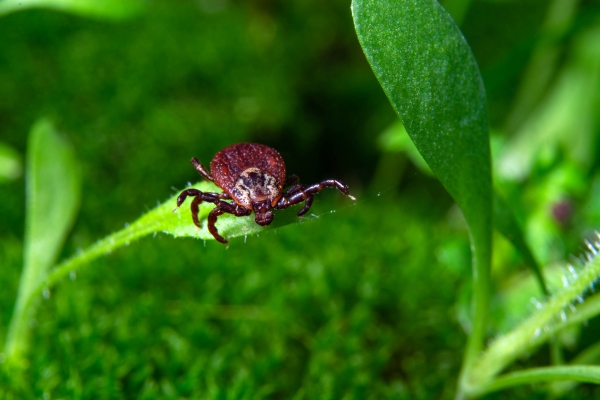
Source:
Patel, S., Rocky Mountain Spotted Fever (RMSF).
Salgo MP, Telzak EE, Currie B, et al. A focus of Rocky Mountain spotted fever within New York City. N Engl J Med. 1988 May 26. 318(21):1345-8.
Openshaw JJ, Swerdlow DL, Krebs JW, et al. Rocky mountain spotted fever in the United States, 2000-2007: interpreting contemporary increases in incidence. Am J Trop Med Hyg. 2010 Jul. 83(1):174-82.
Archibald LK, Sexton DJ. Long-term sequelae of Rocky Mountain spotted fever. Clin Infect Dis. 1995 May. 20(5):1122-5.
Minniear TD, Buckingham SC. Managing Rocky Mountain spotted fever. Expert Rev Anti Infect Ther. 2009 Nov. 7(9):1131-7.
